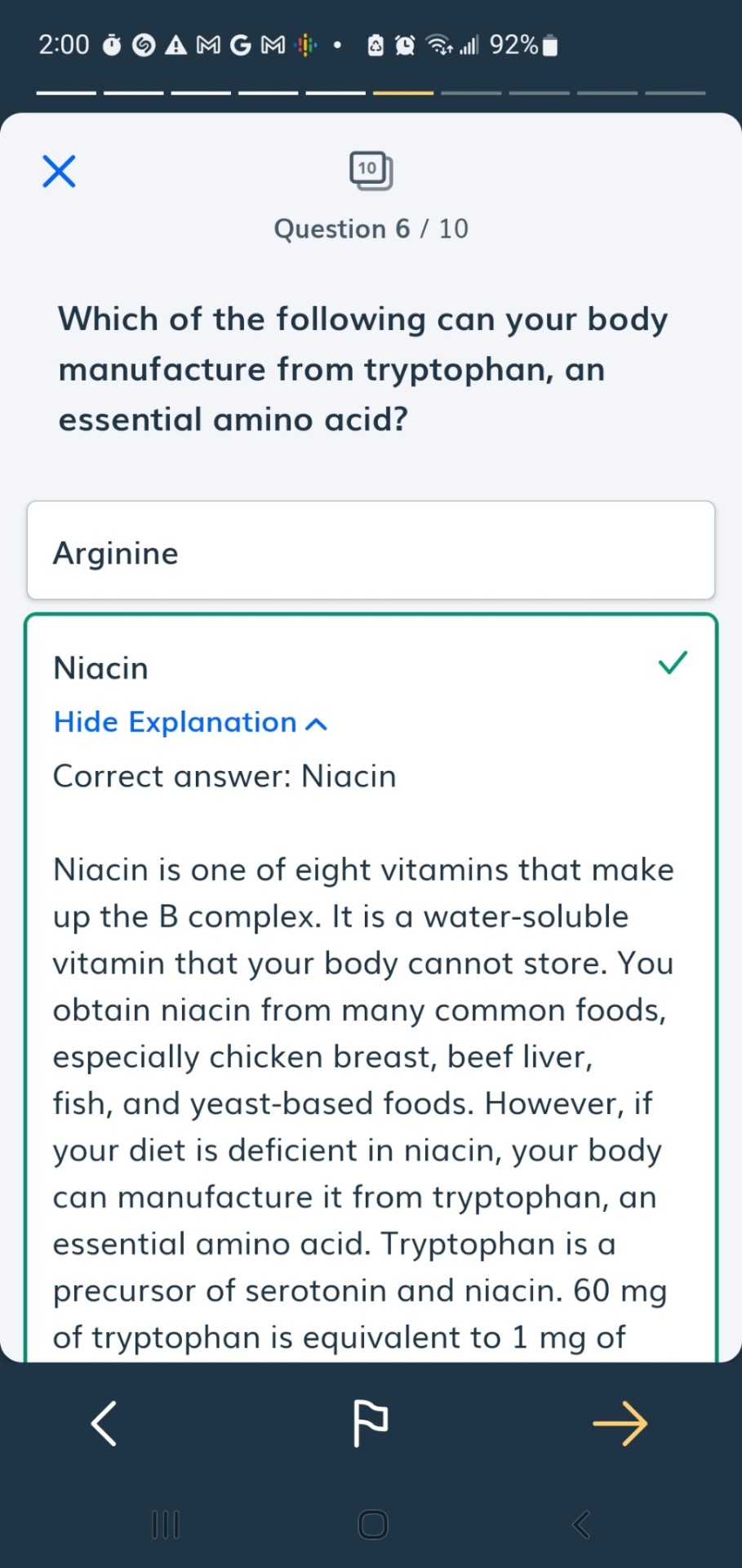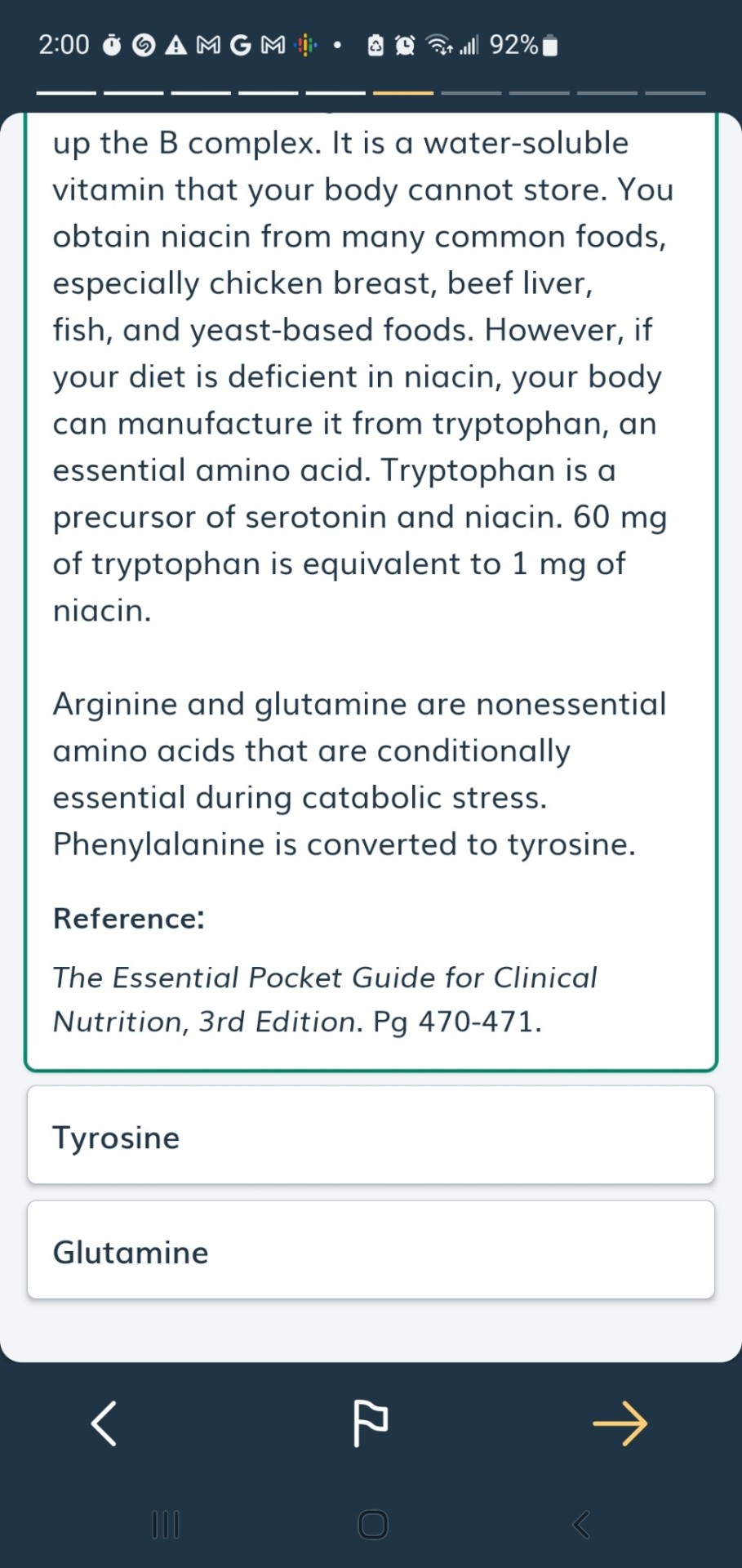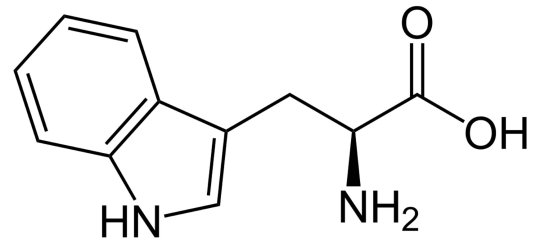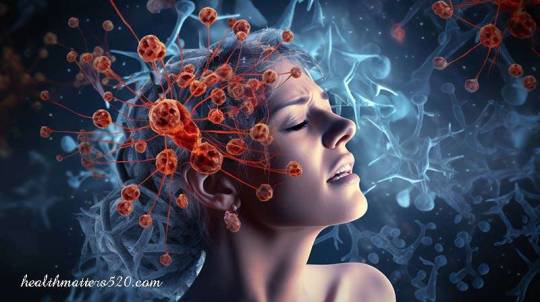#tryptophan
Text








Dacre Montgomery in Tryptophan (2015)
#dacre montgomery#dacremontgomeryedit#tryptophan#this short film is absolutely ridiculous#and ofc dacre looks amazing as usual#joz.gifs#userstankovich
127 notes
·
View notes
Text
Celeste (most popular npc @animalcrossingshowdown)
vs
Tryptophan (@aminoacid-swag-tournament)


#Tournament-winners-tournament#tournament#polls#tournament² poll#animal crossing#celeste animal crossing#tryptophan#science
128 notes
·
View notes
Text


Aminoacid Swag Tournament Round 4 - FINAL ROUND
71 notes
·
View notes
Text

oh no
11 notes
·
View notes
Text

#happy thanksgiving#thanksgiving#food coma#tryptophan#too much turkey and wine#weed#pot#ganja#kush#marijuana#dope#dank#high#bowl#bong#maryjane#joint#blunt#stoner#smoke#stoned#cannabis#baked#chilum#smoker
12 notes
·
View notes
Photo

Beach birds winging their way over the lustrous liquid silver of the Gosthani River.
The glare here is so intense and must be borne by these birds for such sustained stretches, essentially the entire day, that one marvels these birds do not develop an avian version of snow blindness!!.
We need sunlight to see but sunlight is also detrimental to sight!!!. The ultraviolet rays present in it can cause an opacity of the eye lens - cataract - a serious matter considering that this causes blindness in about 25 million people worldwide. And if there is one species that truly needs ultra-sharp vision for its livelihood it is the high-flying bird!!! Birds don’t peer!!!.
The UV glare from the mobile mirror-like surface of these water apparently cause photo-oxidation of the crystalline proteins in the eye lens, not to mention the generation of superoxide and other reactive oxygen species that do further damage.That the eye lens contains one of the highest concentrations of the antioxidant Ascorbic Acid does not now surprise us!!!
The eye lens is especially vulnerable not only because its proteins are held at super-saturation, making them very vulnerable to precipitation by any chemical or mechanical injury, but in addition do not undergo any molecular or cellular turnover. The lens proteins you are born with are all that you will have for life, and upon reflection it is little short of a molecular miracle that they stay clear and crystalline as long as they do - seven decades.
Cataracts due to relentless sun exposure and glare while out at sea in low-lying boats - that shortens the distance between the shiny surface and the eye - beset the 50,000 fisherman of Srikakulam district - about 130 kilometers from here - many of whom develop lens opacities in their forties precluding many of them then from making a living, a serious matter in a people who essentially live from hand-to-mouth..
How these birds - doubtless long-lived, and fishermen in their own right!! - manage to keep their eyes and vision intact over a lifetime - assuming they do, they well might not - is a puzzle that needs explication.
The puzzle is further accentuated by the fact that reflected light is mostly polarized light, and as the pharmaceutical industry has known for a long time, polarized light is far more potent in producing molecular damage than un-polarized light.
May 10, 2010, Gosthani River confluence, Bheemili, Visakhapatnam, Andhra Pradesh.
#cataract#fishermen#opacity#eye lens#srikakulam#tryptophan#photooxidation#supersaturation#crystalline proteins#ultraviolet#glare#snow blindness#beach birds#avian#vision#reflection#catoptric#polarized light#superoxide#reactive oxygen species#antioxidant#ascorbic acid#reflectivity#andhra pradesh
3 notes
·
View notes
Text
Falling asleep because your absolute turkey of a brother-in-law won’t stop explaining bitcoin to you:
Tryptocurrency
4 notes
·
View notes
Text
By 1964, all 64 codons had been deciphered (table 25.4). (...) Several features of the genetic code are evident from a study of table 25.4.
Only 61 triplets code for amino acids. The remaining three (UAA, UAG and UGA) are signals for chain termination; they signal to the protein-synthesizing machinery of the cell that the primary sequence of the protein is complete. The three chain termination triplets are indicated in the table by 'Stop'.
The code is degenerate, which means that several amino acids are coded for by more than one triplet. Only methionine and tryptophan are coded for by just one triplet. Leucine, serine and arginine are coded for by six triplets, and the remaining amino acids are coded for by two, three or four triplets.
For the 15 amino acids coded for by two, three or four triplets, it is only the third letter of the code that varies. For example, glycine is coded for by the triplets GGA, GGG, GGC and GGU.
There is no ambiguity in the code, meaning that reach triplet codes for only one amino acid.
AUG is the initiation signal, and it is also the codon for the amino acid methionine. In all protein synthesis, the first amino acid placed is always methionine.

"Chemistry" 2e - Blackman, A., Bottle, S., Schmid, S., Mocerino, M., Wille, U.
#book quotes#chemistry#nonfiction#textbook#codon#triplet#amino acid#rna#mrna#ribonucleic acid#phenylalanine#leucine#isoleucine#methionine#valine#serine#proline#threonine#alanine#tyrosine#stop#histidine#glutamine#asparagine#lysine#aspartic acid#glutamic acid#cysteine#tryptophan#arginine
1 note
·
View note
Text


#music#soundcloud#spotify#flawlesshuxley#lunarfolk#electronic#musician#bandcamp#playlist#gypsyfader#underground artist#the underground#thanksgiving#tryptophan#tryptophantasm#lbawdyhouse#live set#Bandcamp
1 note
·
View note
Text


0 notes
Text
Compounds derived from indole include the amino acid L-tryptophan and the neurotransmitter serotonin.
"Chemistry" 2e - Blackman, A., Bottle, S., Schmid, S., Mocerino, M., Wille, U.
0 notes
Text
Banana Before Bed
A #banana before bed helps improve the quality of #sleep according to @TheSleepCharity
Want a good night’s sleep? Try fruit just before you go to bed, say The Sleep Charity. Bananas, in particular, contain high levels of magnesium and potassium which help muscle relaxation and the amino acid, tryptophan, which stimulates production of brain-calming hormones.
Fruit, especially grapes, tart cherries, and strawberries, also encourages the production of melatonin, a hormone which…

View On WordPress
0 notes
Photo

Essen für die Seele: Wie Nahrung unsere Stimmung beeinflusst
Entdecke, wie Essen deine Stimmung beeinflusst! Lerne, welche Nahrungsmittel und Gewohnheiten zu mehr Wohlbefinden und mentaler Balance beitragen.
#Blutzuckerspiegel#mentale Gesundheit#Omega 3 Fettsäuren#Probiotika#psychologische Aspekte#Stimmung#Tryptophan
0 notes
Text
The Winner of the Amino Acid Swag Tournament is...
Hello, hello, hello everyone!
Yes, I am actually alive. Surprise, surprise! I would have updated this sooner, but I had been busy with school and then I went on vacation with my friends. It was pretty fun, thanks for asking.
I really am sorry, though, for taking this long to finally finish this tournament. It was constantly in the back of my head. I didn’t expect life to get this hectic.
Now, let’s finally close this tournament. Tumblr has made a decision on which of the twenty aminoacids is the most based, the most legit, the most astounding!
Ladies, gentlemen, and fellow esteemed guests, it is a great pleasure, honor and privilege to announce that, after five rounds of intense fighting, the winner of the amino acid swag tournament is...
Glycine vs Tryptophan => TRYPTOPHAN

[Image ID: The structure of the amino acid tryptophan]

[Image ID: The bracket for the aminoacid tournament. The name of the winner, Tryptophan, is surrounded by purple stars]
Fun facts about our winner:
1. Tryptophan’s side chain is an indole.
2. It’s a precursor of melatonin, serotonin and vitamin B3
3. It is considered an essential amino acid, because humans can’t synthesize it by themselves. We can only obtain it via our diets.
4. Along with methionine (who got eliminated in the first round. press F to pay respects), tryptophan is only encoded by one codon. In its case, it’s UGG. Yes, UGG. Like the fucking boots.
With that, this tournament has been concluded. It was such a fun journey and I really enjoyed it. I hope you guys enjoyed it, too.
I think I will keep this blog, but I won’t be active as much. You can check out my other tournament @bestclone-tournament if you want to experience more of my shenanigans. This tournament has also been kept temporarily on hold until I can go through all my submissions, but you can stick around, if you’d like. I may also use this blog to promote other contests. I dunno. We’ll see.
39 notes
·
View notes
Text
youtube
... Tryptophan Vs Trypophobia...
1 note
·
View note
Text
Amino Acids and Chronic Pain: Unlocking the Potential for Natural Relief

Do you suffer from chronic pain that seems unrelenting, impacting your daily life and overall well-being? If so, you're not alone. Chronic pain affects millions of individuals worldwide, hindering their physical abilities and taking a toll on their mental health. While traditional pain management methods often rely on medications, there is a growing body of research suggesting an alternative approach that might hold the key to relief: amino acids.
In this blog post, we delve into the fascinating world of amino acids and their potential role in managing chronic pain. Amino acids are the fundamental building blocks of proteins, essential for numerous bodily functions. Recent studies have shed light on how these tiny compounds could potentially alleviate pain and improve the quality of life for those experiencing chronic pain conditions.
Traditional pain management approaches, such as pharmaceutical interventions, have their limitations. They may come with unwanted side effects and fail to address the underlying causes of pain. This is where amino acids come into play. By understanding their role and exploring their potential benefits, we can uncover new possibilities for comprehensive pain management strategies.
Throughout this article, we will explore the science behind amino acids and their influence on chronic pain. We will also highlight specific studies that provide insights into the relationship between amino acids and pain relief. Furthermore, we will discuss the practical aspects of incorporating amino acids into your daily routine and how they can complement existing pain management methods.
Whether you're seeking an alternative or adjunct therapy for your chronic pain or simply curious about the potential of amino acids, this blog post will provide valuable information to empower you on your pain management journey. So, let's dive into the world of amino acids and discover how these remarkable compounds may hold the key to unlocking a life with reduced pain and increased well-being.

Understanding Chronic Pain and the Role of Amino Acids
Chronic pain is a persistent condition that lasts beyond the expected healing time, typically persisting for three months or longer. It affects a significant portion of the population, with millions of individuals worldwide grappling with its debilitating effects on a daily basis.
Conventional pain management methods, such as the use of pharmaceutical medications, may provide temporary relief, but they often come with limitations. These medications can have side effects and may not address the underlying causes of chronic pain, leading to a cycle of dependency.
Enter amino acids, the building blocks of proteins found in various foods and supplements. These remarkable compounds have gained attention for their potential role in chronic pain relief. Amino acids, when used as nutraceuticals, refer to their application in therapeutic or preventive measures for promoting health and well-being.
By introducing amino acids into the conversation of chronic pain management, we open up possibilities beyond conventional approaches. These natural compounds have the potential to address pain at its roots, offering a holistic and sustainable method of relief.
Experts in the field have provided valuable insights into the role of amino acids in chronic pain management :
Dr. John Swails, a renowned pain management specialist, emphasizes the potential of amino acids in pain relief5. He states, "Amino acids play a crucial role in neurotransmitter synthesis, which can influence pain perception and overall well-being. Incorporating targeted amino acid supplementation can be a valuable tool in managing chronic pain."
Dr. Lisa Davis, a registered dietitian and nutrition expert, highlights the importance of amino acids in nutrition and pain management5. She explains, "Amino acids are the building blocks of proteins and serve as essential components for neurotransmitter production. By ensuring an adequate intake of amino acids, we can support pain modulation and optimize overall health."
In the following sections, we will delve deeper into the science behind amino acids and their influence on chronic pain. We will explore specific studies that shed light on the relationship between amino acids and pain relief. By understanding the role of amino acids in chronic pain management, we can expand our arsenal of treatment options and empower ourselves to take an active role in finding relief.
So, let's embark on this journey of discovery and explore the fascinating potential of amino acids as nutraceuticals for chronic pain relief. Together, we can uncover new insights and possibilities for managing chronic pain in a more holistic and natural way.
The Science Behind Amino Acids and Chronic Pain
Recent scientific studies have provided valuable insights into the relationship between amino acids and chronic pain, shedding light on their potential role in pain management. Let's explore some of these studies and understand the scientific basis behind amino acids' impact on chronic pain relief.
A study published in the Brain journal3 investigated the association between an amino acid-changing allele in KCNS1 and multiple chronic pain states. This research highlighted a genetic link between specific amino acids and the experience of chronic pain. The findings suggest that variations in amino acids may contribute to an individual's susceptibility to chronic pain conditions.
Furthermore, a study featured in Practical Pain Management1 emphasized the significance of amino acids in chronic pain management. The research demonstrated that certain amino acids have the potential to modulate pain perception and alleviate symptoms. By incorporating amino acids into a balanced diet or supplementation regimen, individuals may experience improvements in their chronic pain symptoms.
But how do amino acids achieve these beneficial effects? Amino acids play a crucial role in the production of neurotransmitters, which are chemical messengers in the brain and nervous system. Neurotransmitters like endorphins, serotonin, and gamma-aminobutyric acid (GABA) are involved in pain modulation.
Endorphins, often referred to as the body's natural painkillers, are neurotransmitters that help reduce pain perception. Amino acids, particularly tryptophan, play a vital role in the synthesis of endorphins, promoting pain relief and a sense of well-being.
Serotonin, another neurotransmitter, is known for its role in mood regulation but also plays a part in pain modulation. Amino acids like tryptophan and phenylalanine are essential precursors for serotonin production, potentially influencing pain perception and mood.
GABA, an inhibitory neurotransmitter, helps calm the nervous system and reduce pain signals. Certain amino acids, such as glutamine, serve as building blocks for GABA production, thereby promoting pain relief and relaxation.
By understanding how amino acids influence the production of these neurotransmitters, we can appreciate their potential impact on pain modulation and chronic pain management.
Through these studies and the intricate mechanisms involved, we begin to unravel the intricate relationship between amino acids and chronic pain relief. By incorporating the right amino acids into our diet or through targeted supplementation, we may harness their potential to optimize pain perception and enhance overall well-being.
The Benefits of Amino Acid Supplementation in Chronic Pain
A growing body of research suggests that amino acid supplementation can offer valuable benefits in managing chronic pain. Let's explore the evidence and understand how amino acid supplements can play a role in alleviating pain symptoms.
A study conducted on Theramine, a medical food specifically formulated for chronic low back pain, showcased promising results4. The findings highlighted Theramine's ability to reduce pain and inflammation in individuals suffering from chronic low back pain. This study suggests that targeted amino acid supplementation can be an effective strategy for pain management in specific conditions.
Amino acid supplements have the potential to restore neurotransmitter balance in the body, which can contribute to improved pain symptoms. By providing the necessary building blocks for neurotransmitter production, amino acids help optimize the levels of endorphins, serotonin, and GABA, which play key roles in pain modulation. Achieving a balanced neurotransmitter system can result in a reduction in pain perception and an overall improvement in well-being.
Specific amino acids have been identified for their potential benefits in pain management. Tryptophan, an essential amino acid, serves as a precursor for the production of serotonin and endorphins. Increasing tryptophan intake through supplementation or dietary adjustments may enhance neurotransmitter synthesis, leading to pain relief and improved mood.
Glutamine, another amino acid, plays a crucial role in GABA production, promoting relaxation and reducing pain signals. Supplementing with glutamine may contribute to pain relief and a calmer nervous system.
Tyrosine, yet another amino acid, is involved in the production of neurotransmitters like dopamine and norepinephrine. These neurotransmitters are associated with pain modulation, mood regulation, and overall well-being. Adequate tyrosine levels can support the synthesis of these neurotransmitters, potentially improving pain symptoms and enhancing mood.
By targeting specific amino acids that play vital roles in pain management, supplementation can provide a targeted approach to chronic pain relief. However, it is important to note that individual needs may vary, and consulting with healthcare professionals is essential to determine the appropriate dosages and combinations of amino acids for optimal results.
Incorporating amino acid supplementation as part of a comprehensive pain management plan holds promise in enhancing pain relief, restoring neurotransmitter balance, and improving overall well-being. By leveraging the therapeutic benefits of specific amino acids like tryptophan, glutamine, and tyrosine, individuals suffering from chronic pain can explore new avenues for relief and regain control over their lives.
Incorporating Amino Acids into a Comprehensive Pain Management Plan
When it comes to managing chronic pain, it is crucial to adopt a personalized approach that takes into account individual needs and preferences. Consulting with healthcare professionals, such as doctors or registered dietitians, can provide valuable guidance in incorporating amino acids into a comprehensive pain management plan.

One practical way to introduce amino acids into your routine is by focusing on a balanced diet. Many foods contain amino acids, and including a variety of protein sources such as lean meats, fish, dairy products, legumes, and nuts can ensure an adequate intake. Consulting with a healthcare professional or a registered dietitian can help you identify specific foods that are rich in the amino acids relevant to your pain management needs.
In addition to dietary adjustments, amino acid supplementation can be considered as an adjunct therapy to traditional pain management options. However, it is essential to approach supplementation with caution and under the guidance of a healthcare professional. They can help determine the appropriate dosages, timing, and combinations of amino acids based on your specific condition and needs.
It is important to note that individual responses to amino acid supplementation may vary. A healthcare professional can help assess potential interactions with other medications you may be taking and ensure that the supplementation aligns with your overall treatment plan.
Remember, the incorporation of amino acids into a comprehensive pain management plan should be part of a holistic approach that may also include physical therapy, medication, mindfulness practices, and other modalities. Working closely with healthcare professionals can help you develop a personalized and effective pain management strategy that addresses your unique situation.
By considering the importance of personalized treatment approaches, focusing on a balanced diet, exploring amino acid supplementation as an adjunct therapy, and seeking guidance from healthcare professionals, you can optimize the potential benefits of amino acids in your overall pain management plan. Together, these steps can contribute to a comprehensive approach that supports your journey towards reduced pain and improved well-being.
Conclusion
Chronic pain management requires a comprehensive approach, and the role of amino acids in pain modulation is gaining recognition. While further research is needed to fully understand the mechanisms and effectiveness of amino acid supplementation, integrating these natural compounds into a personalized pain management plan may offer a valuable adjunct therapy. By exploring the potential benefits of amino acids, individuals suffering from chronic pain can take proactive steps towards finding relief and improving their overall well-being.
References
- Practical Pain Management: Amino Acids in Diet for Chronic Pain Management
- PubMed Central: Amino Acid-Changing Allele in KCNS1 Associated with Multiple Chronic Pain States
- Brain Journal: Reduction in Pain and Inflammation Associated with Chronic Low Back Pain with the Use of the Medical Food Theramine
- PubMed: Reduction in Pain and Inflammation Associated with Chronic Low Back Pain with the Use of the Medical Food Theramine
- Accurate Clinic: Nutrition: Amino Acids
Read the full article
0 notes